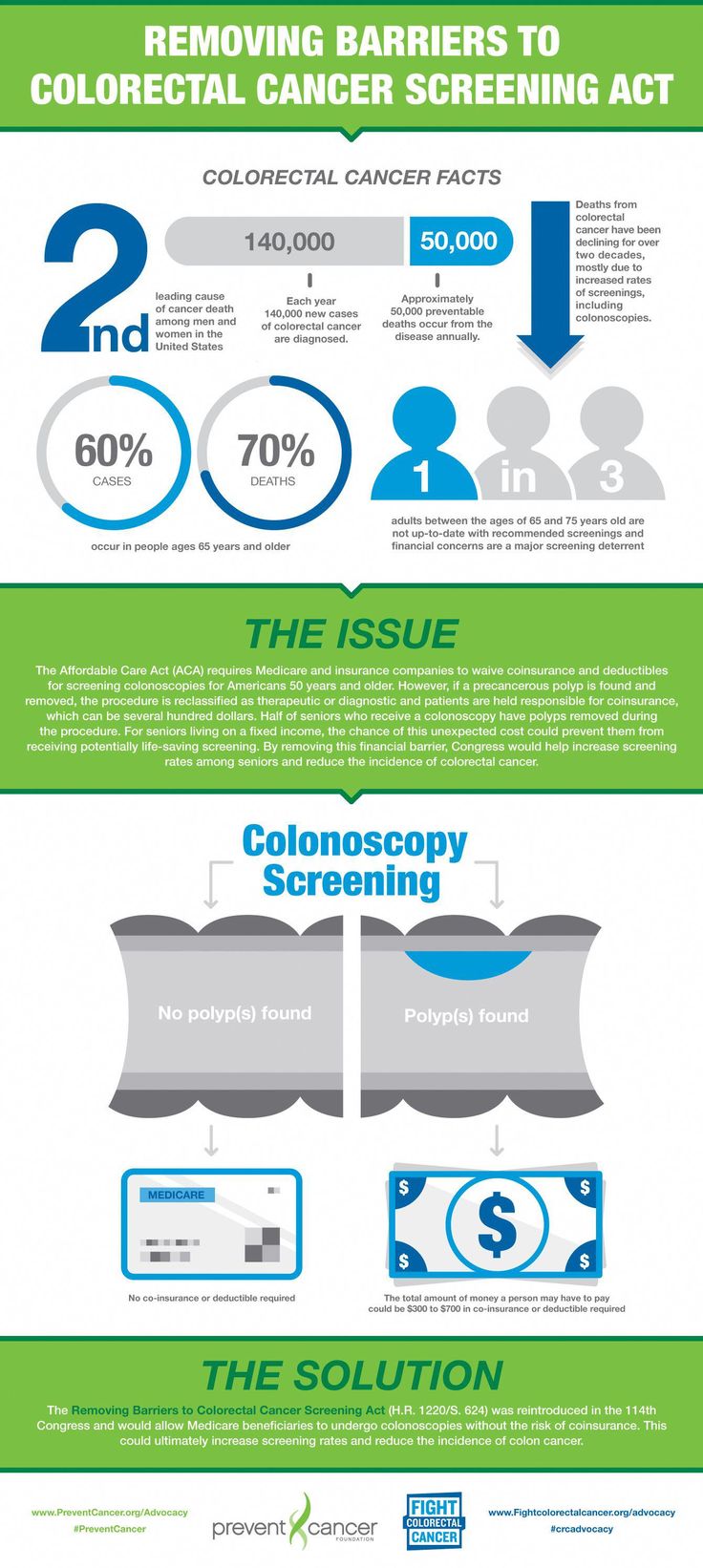Mastering Cold Laser Therapy Cpt Code Step By Step
Mastering Cold Laser Therapy Cpt Code Step By Step
Blog Article
What to Expect Throughout a Cold Laser Method Session
Cold laser treatment is a non-invasive, pain-free treatment that helps in reducing inflammation and enhances cell regeneration. It is a secure alternative to intrusive treatments and frequently has instant results.
Laser photons start a chain reaction of chain reactions within the cell that minimize pain, swelling, and speed up healing. It boosts blood circulation to the location by inducing vasodilation.
What to Expect
Cold laser treatment is a non-invasive treatment that makes use of low-level laser light to permeate deep right into hurt cells, setting off cell feature on several degrees to promote cells healing. This helps reduce discomfort and inflammation, while advertising contraction and regrowth.
Throughout a session, you'll rest or relax comfortably and the specialist will certainly note the areas on your body that requirement to be dealt with. The specialist then applies a tiny handheld device with the laser to the area. During the treatment, you might feel a small tingling or warmth in the area of your injury.
Before beginning treatment, it's important to cleanse the area of your injury and get rid of any jewelry or other objects that might get in the way of the laser's path. It's additionally necessary to prevent any kind of combustible products that could be in the area of the laser beam. This will certainly ensure your safety and the effectiveness of the treatment.
Prep work
Cold laser treatment functions by radiating light externally of your skin. The light is soaked up by the leading layer of your skin and then stimulates the cells to create power that promotes healing.
During the treatment, you might feel a warm or tingling experience in the location that is being dealt with. This is entirely normal, though you ought to let the expert know if the feeling is unpleasant or too strong.
This treatment has a great deal of pledge for assisting patients with traumatic brain injury (TBI). The treatment is non-invasive and doesn't have any kind of adverse negative effects. Nonetheless, even more study is required to determine the optimal treatment protocol. The best way to find out if you are a candidate for this type of therapy is to consult with a trained physical therapist. They will be able to aid you determine if cool laser treatment is right for you.
The Therapy
As soon as the professional has actually appropriately positioned you for treatment, they will then place the cool laser tool on the hurt area. They may keep it on for 30 seconds or longer, depending on the dimension of the injury and its level of sensitivity. They will certainly utilize protective goggles to ensure that the laser does not straight strike the eyes, and they will ensure that you are protected from any glow that might happen.
You may really feel a mild prickling sensation on the area that is being dealt with, however it will not be unpleasant or painful. This is a sign that the laser is functioning to promote the healing process in the influenced cells.
A lot of clients experience pain alleviation within a couple of sessions, with some seeing long lasting outcomes also after several months of therapies. It is necessary to note that LLLT is not meant as a single treatment for any kind of persistent pain problem and it must be paired with various other restorative techniques in order to attain laser therapy to stop smoking maximum results.
Post-Treatment
After you relax or sit, the expert will certainly use a stick with a series of light-emitting diodes to target your discomfort site. You will use protective eye safety glasses, and the laser may be hung on your skin for 30 to 60 seconds. You might feel a mild, calming sensation throughout the treatment.
The photons from the laser pass through deep into your cells, causing a healing reaction on a mobile degree. Unlike other forms of laser treatment, this low-intensity approach does not create heat.
Some research studies have actually revealed that cold laser therapy works in treating a variety of problems, including chronic discomfort and wounds. Nevertheless, it is much less extensively accepted as a basic clinical technique, and it isn't covered by many medical insurance strategies. Additionally, it is not suggested to be utilized over any kind of suspicious cancerous lesions or carcinomas or on expecting females. You need to constantly consult with your oncologist before seeking this type of therapy.